Crushing Plant: Surge Bins VS Stockpiles
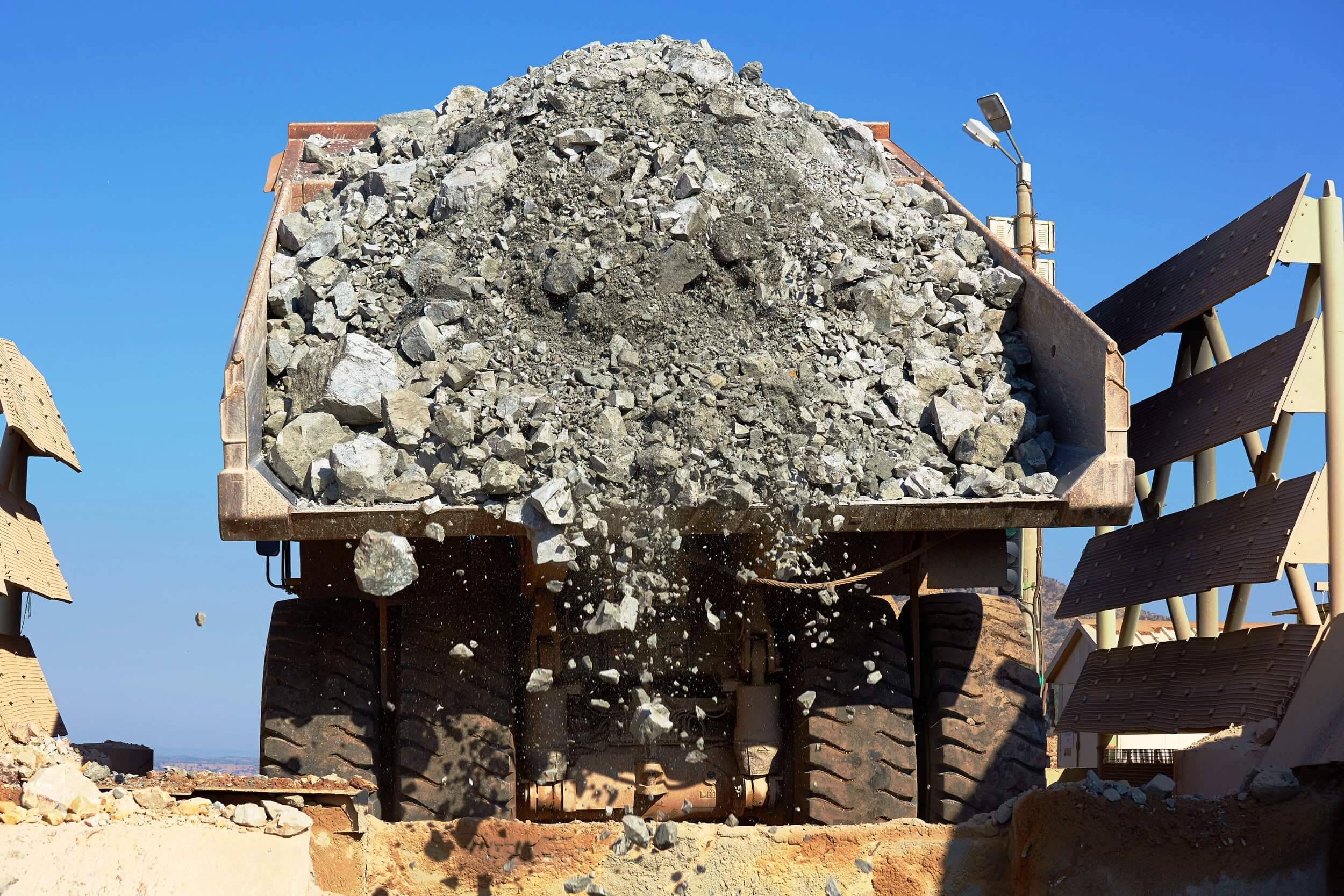
I need to further comment on the influence of surge storage upon plant operation. The provision of adequate surge storage at the right places in the flow line is of sufficient importance to warrant a little further consideration. It is desirable, in the crushing plant, as it is in any production process, to achieve a smooth […]
Single VS Multi-Stage Crushing
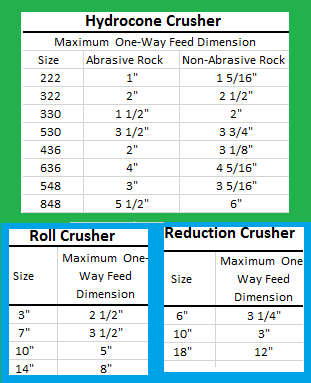
There are no set rules for determining whether the secondary stage should consist of one single crusher, or of two or more machines operating in parallel. The decision must be made upon the merits of each problem. If the required receiving opening necessitates the selection of a crusher whose capacity equals or exceeds that of […]
Secondary Crushing Equipment

The term “secondary crushing” has become well established and familiar through long usage; it applies to the crushing stage, either single or multiple, which follows immediately after the primary crusher, taking all or a portion of the product of the primary crushing stage as its feed. The term should not be used, as it sometimes […]
Crusher Surge Pocket AKA “Rock Box”
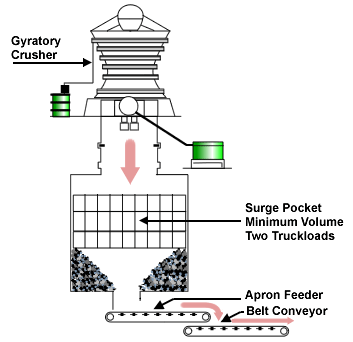
A crusher’ surge pocket, sometimes called a “rock box“, is found directly below the primary gyratory crusher. It provides limited storage, normally about two truckloads, to enable smooth feeding of crushed product from the bottom of the crusher onto an apron feeder and takeaway belt conveyor. Pocket Level Level instruments measure “high-high”, “high”, and “low” […]
Gyratory VS Jaw Crushers: Advantages & Disadvantages
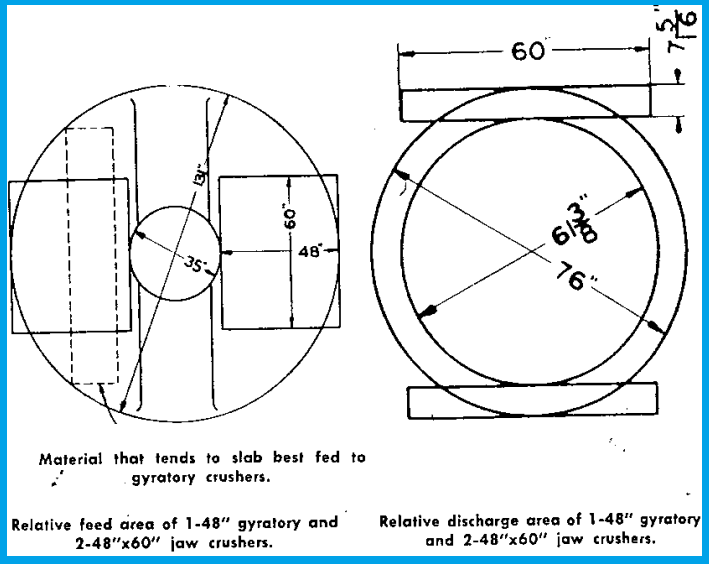
No discussion of primary crusher selection would be complete without a comparison of the two leading types: the standard gyratory crusher and the Blake jaw crusher. Although their fields of application overlap to a considerable degree (at least in the realm of primary crushing) there is no real conflict between these two machines; one supplements the […]
Crushing Equipment Selection
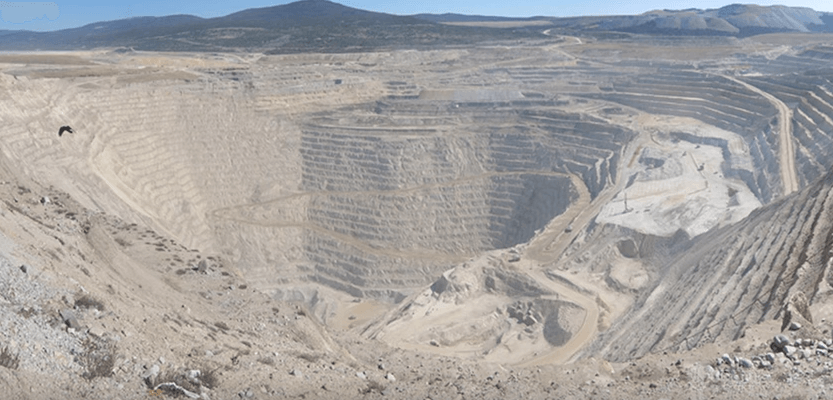
In open pit quarry operations the loading of the blasted rock for transportation to the primary crusher house involves either power-shovels. Any size of primary crusher may be used for hand-loaded rock; it all depends upon how much secondary shooting, and hand sledging, the operator feels he can afford. So called “one-man” stone or stone of […]
Crushing Plant Capacity
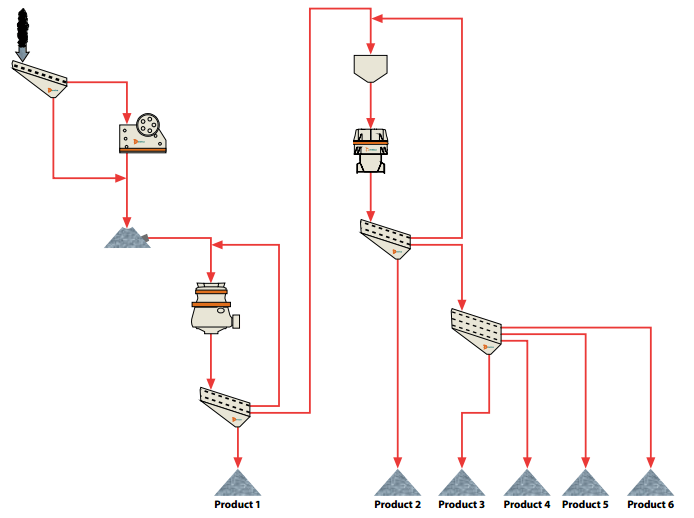
The suggested reserve capacity for quarry operations applies as well to open-pit mining operations employing power shovels for loading the ore. Usually the original crusher is expected to produce the required daily tonnage in such plants in one or two shifts, so a time-reserve does exist which can be utilized to make up for delays. But […]
Primary Crushing

The term “primary crusher,” by definition, might embrace any type and size of crushing machine. The term implies that at least two stages of crushing are involved, but in many cases the machine which performs the function of initial crusher is the only crusher in the plant. The factors influencing the selection of a crusher […]
Crushing Products Size and Shape -What to Expect

I have made a number of general remarks regarding the character of product delivered by crushers of various types, and under different conditions of operation. Generalities are of value only if we have some standard to which comparisons may be referred; therefore, we should like to present more specific information on the kind of product to […]
Hammer Mill Operating Principle
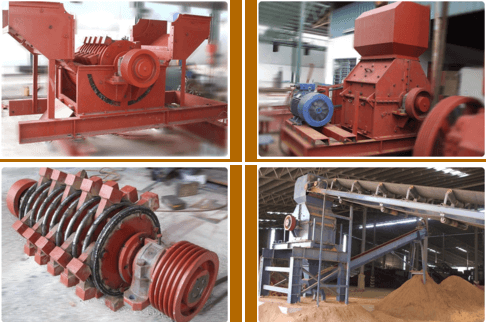
Operational Characteristics: The method of operation has a considerable effect upon the nature of the product. When minimum fines are a requirement, the hammer mill should always he operated in closed circuit with a screen, or screens; the circulating load should be fairly high; speed should be as low as is consistent with physical structure of […]
